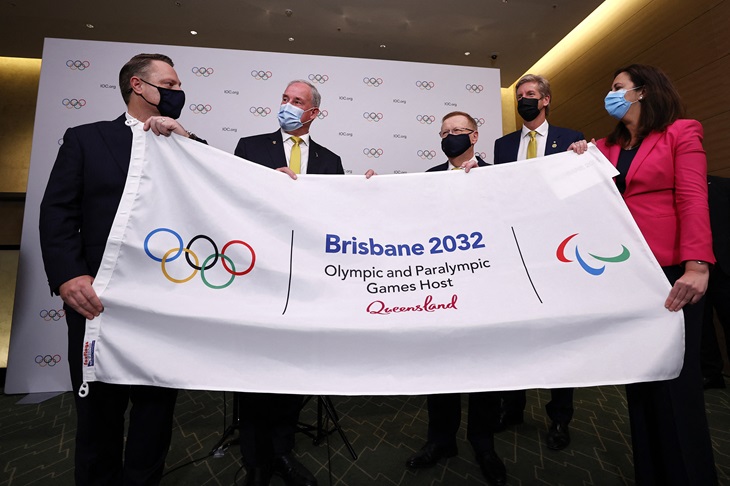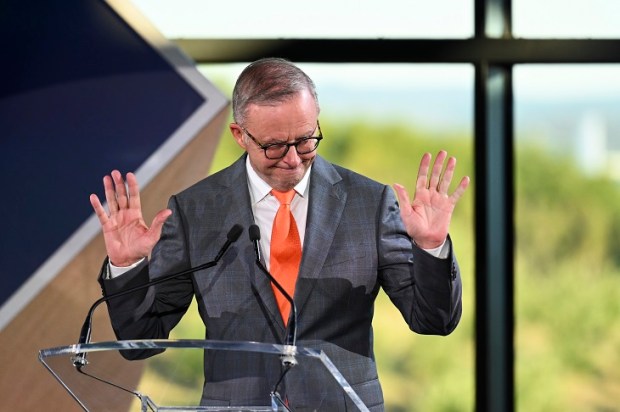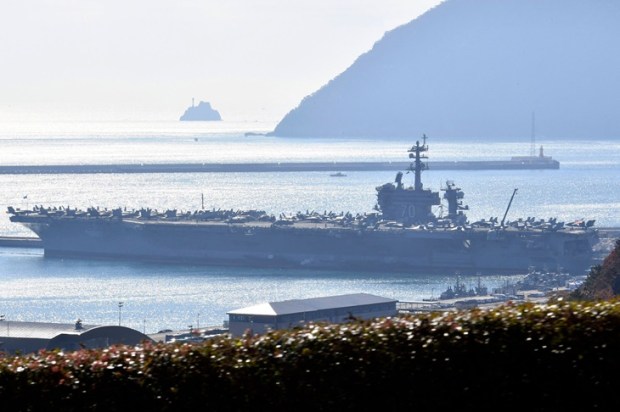The rejection by Queensland Premier Steven Miles of his own independent Olympic venue review and its recommendation for a new centrally located $3.4 billion stadium at Victoria Park is a mistake borne of confused policy objectives and mistaken policy appraisal.
The Premier has instead favoured the $1.6 billion QSAC (formerly QEII Stadium) refurbishment of the ‘temporary aluminium seating from the 1982 Commonwealth Games’ and an additional $1 billion to keep the Gabba on life-support.
Already a subscriber? Log in
Subscribe for just $2 a week
Try a month of The Spectator Australia absolutely free and without commitment. Not only that but – if you choose to continue – you’ll pay just $2 a week for your first year.
- Unlimited access to spectator.com.au and app
- The weekly edition on the Spectator Australia app
- Spectator podcasts and newsletters
- Full access to spectator.co.uk


























Comments
Don't miss out
Join the conversation with other Spectator Australia readers. Subscribe to leave a comment.
SUBSCRIBEAlready a subscriber? Log in